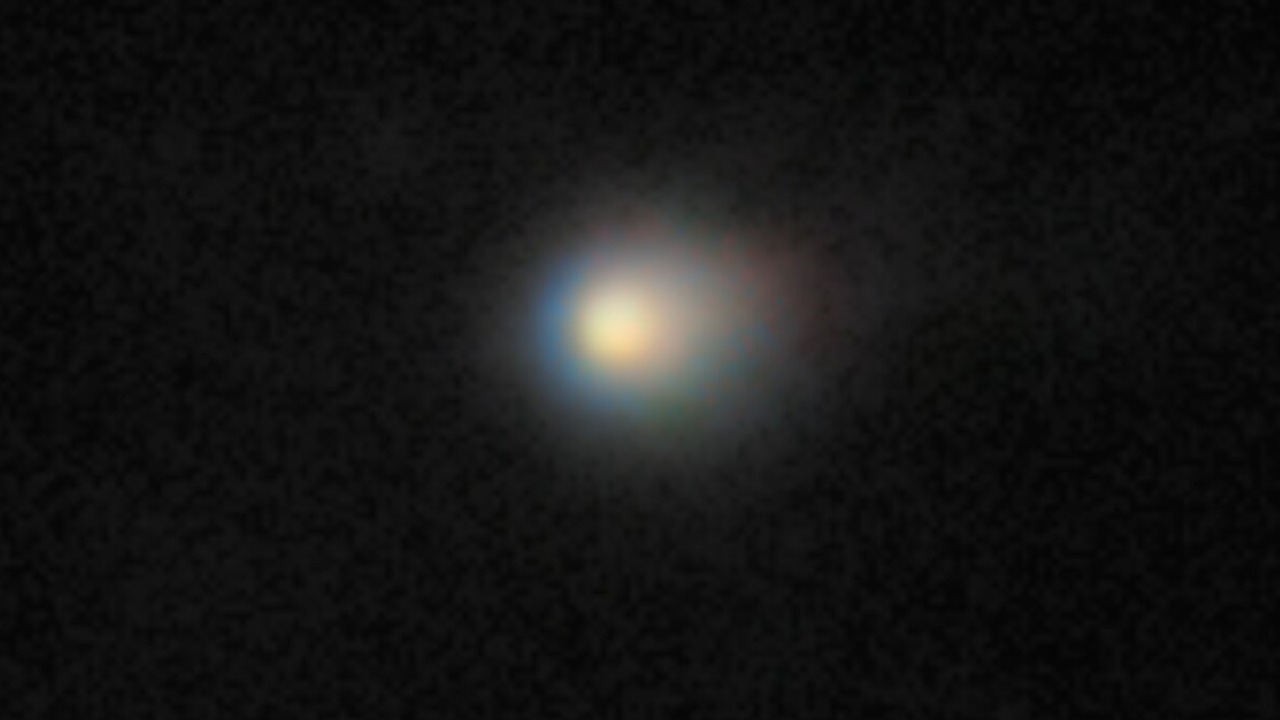
NASA has confirmed an unusual acceleration in the interstellar comet 3I/ATLAS during its closest approach to the Sun on October 30, 2025. This has reignited discussions about its unique blue hue and the possibility of it being propelled by unexplained natural forces. A theory proposed on October 7, 2025, suggests that 3I/ATLAS is not an alien mothership but an interstellar messenger, leading to a divide among experts over the potential existence of an “engine” mechanism that could explain its trajectory.
Discovery and Initial Observations of 3I/ATLAS
3I/ATLAS was identified as an interstellar object with a distinctive blue appearance, its path originating from outside our solar system. Early telescope data revealed non-gravitational acceleration patterns that deviated from predicted orbits. Since its detection, NASA has been tracking the object, with the October 30, 2025, perihelion event serving as a key measurement point.
Anomalous Acceleration at Perihelion
NASA confirmed the comet’s unexpected speed increase during its closest approach to the Sun on October 30, 2025. Velocity figures showed acceleration beyond standard outgassing models for comets. This event, observed via ground-based and space telescopes, ruled out purely gravitational influences.
The Blue Comet’s Unique Composition
The comet’s rare blue coloration has been linked to specific volatile ices or atmospheric interactions not typical in solar system comets. Spectroscopic analysis indicated potential exotic materials from its interstellar origin. The blue hue persisted even post-perihelion, fueling speculation on its chemical makeup.
Scientific Community’s New Theory on Origins
On October 7, 2025, scientists proposed a theory suggesting 3I/ATLAS as an interstellar messenger rather than an alien mothership. Evidence from trajectory modeling supported the comet’s status as a natural interstellar wanderer over an extraterrestrial craft. This theory incorporates the comet’s acceleration without invoking advanced technology.
Debate Dividing Astronomers
Despite the new theory, some astronomers emphasize the comet’s precise acceleration timing at perihelion, suggesting a natural yet unexplained force at play. Skeptics, however, point to the October 7, 2025, theory’s emphasis on non-alien explanations like asymmetric sublimation. The debate has created a divide between NASA researchers and independent interstellar object specialists.
Implications for Future Interstellar Research
Data from the October 30, 2025, event involving 3I/ATLAS could refine models for detecting other extrasolar objects. There is potential for future missions or upgraded observatories to study similar accelerations in real-time. The broader impacts on astrobiology debates balance the intrigue of unexplained natural forces with the prevailing natural messenger narrative.
More from MorningOverview